Often, it is difficult to pin point, the exact, reasons as to why we like or dislike something. It is no secret, that I much admire, the natural or prairie-planting style. The impact of this style of gardening is staggering beautiful, and I just love all of it! Breaking that down, is more difficult. However, as I am keen to incorporate elements of this style into our borders, assessing and prioritising the exact qualities is crucial.
Customarily, prairie-planting necessitates generous space, to achieve those wonderfully intricate, interlacing sways of stupendous colour and texture, that just go on forever. For most gardeners, space is a rare commodity, which is why it is most interesting to see examples of this style, when applied to more limited spaces, such as (regular) herbacious borders. There are some good examples, such as Wisley and the Beth Chatto gardens, although again, the dimensions of those borders are certainly not what one could call, petite. Granted, our Greenhouse borders are long, but they are certainly not wide. Furthermore, the backdrop, is not meandering countryside, but an 8ft brick wall. Walls in gardens are lovely, but they do, as is their purpose, block border continuity which is so very much part and parcel of this gardening style.
The Dutch Wave
One must acknowledge, that there certainly is no intention to just roll over, and let the so called ‘Dutch Wave’, completely invade our garden. As it is a formal border, we intend to continue elements of formal, more composed planting, such as the lavender hedges and usage of shrubs. This is certainly not part of the Oudolf package, and am sure he would find this all rather objectionable! In truth, we are looking for some kind of combination of the New Perennial/Oudolf and the more traditionally British, Gertrude Jekyll, techniques. Even if I so wished, credit for this brainwave cannot be bestowed on the author of this blog. That bright spark, Tom Stuart Smith has already mastered this technique, and he has done so very successfully indeed.
Therefore, with the intent to apply some of the ideas of the illustrious Oudolf, into the border, the most valuable elements of the Natural Planting style, for our garden are;
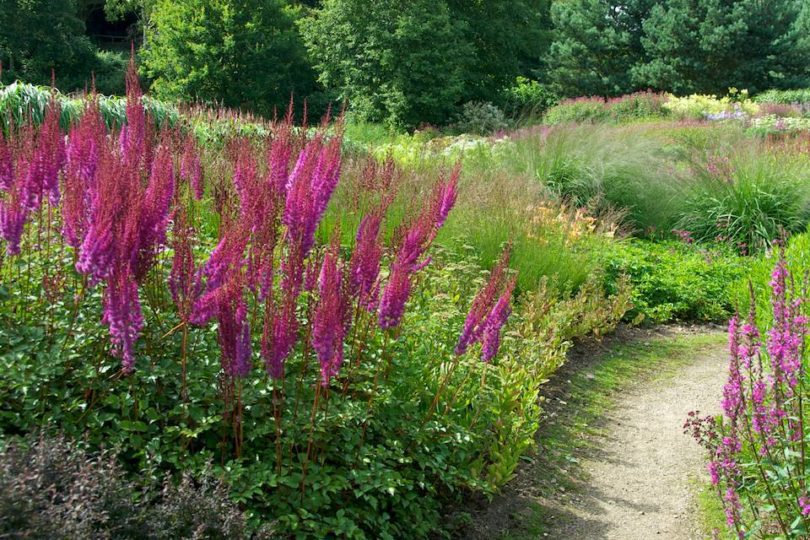
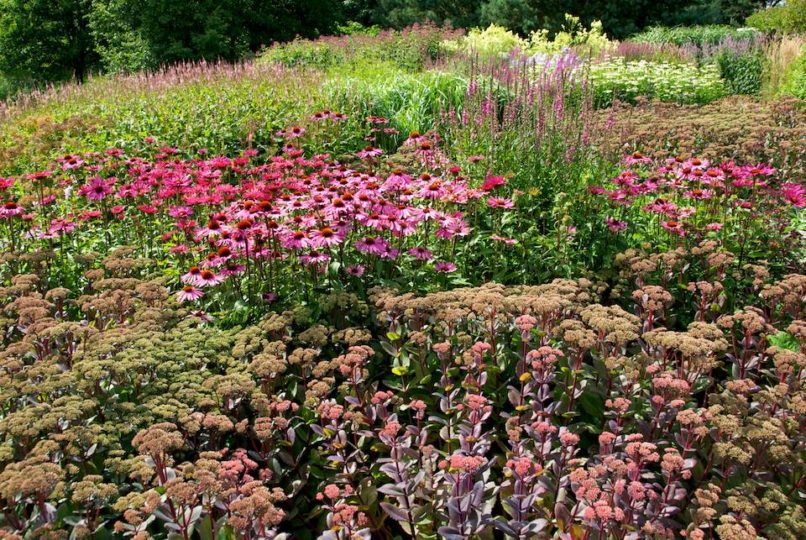
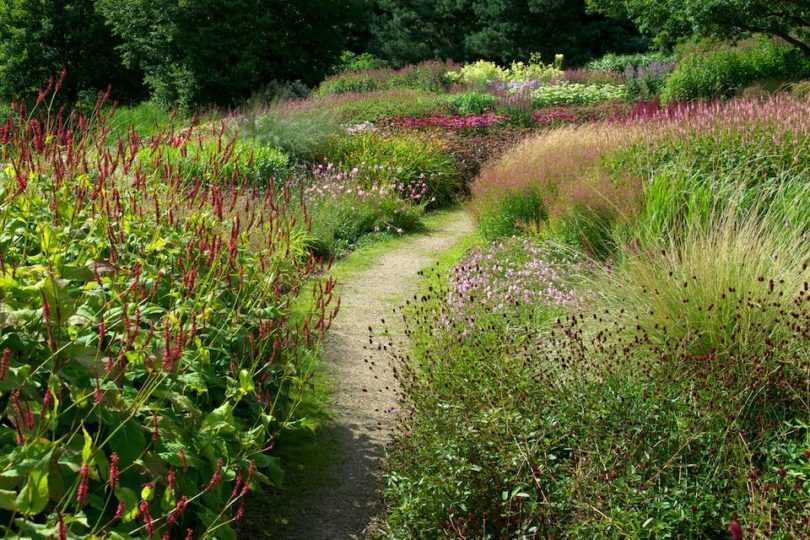
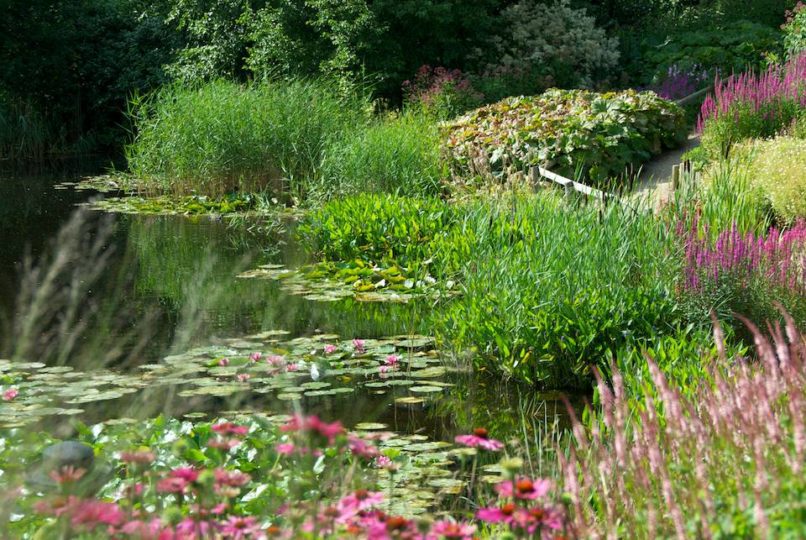
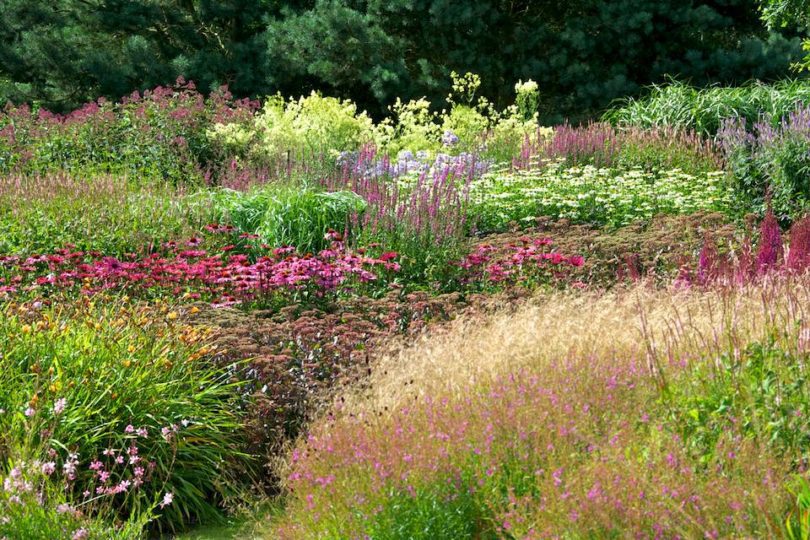
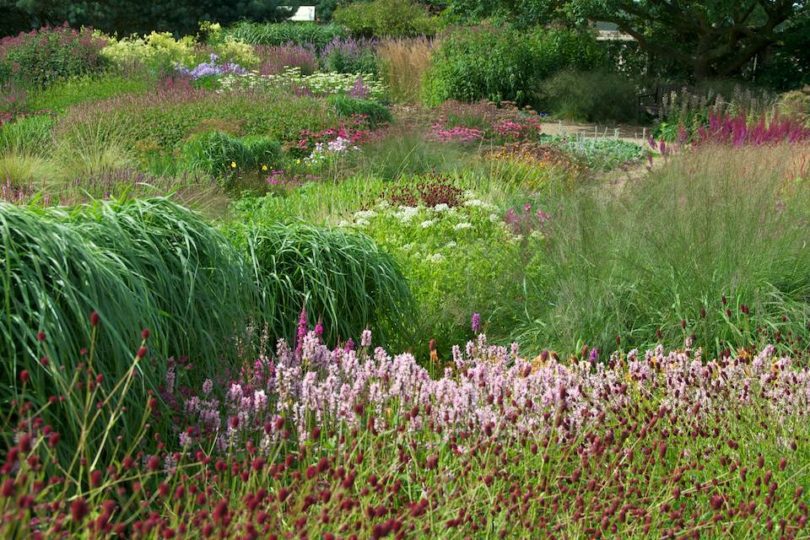
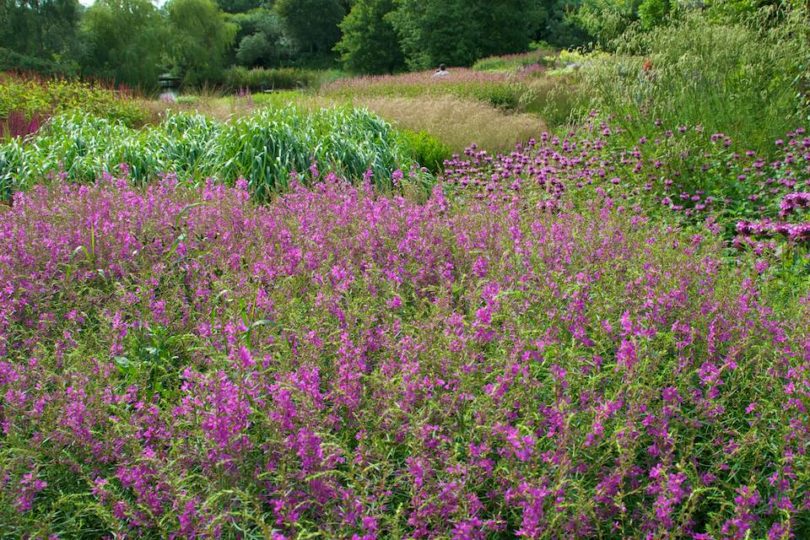
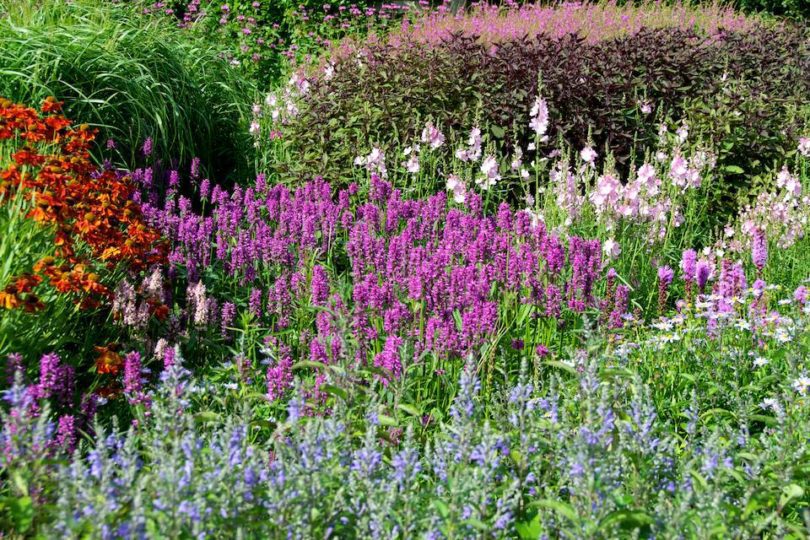
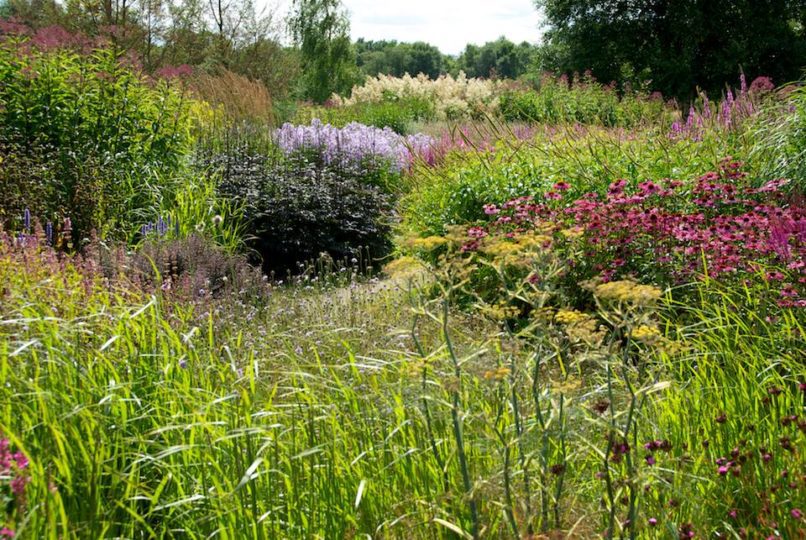
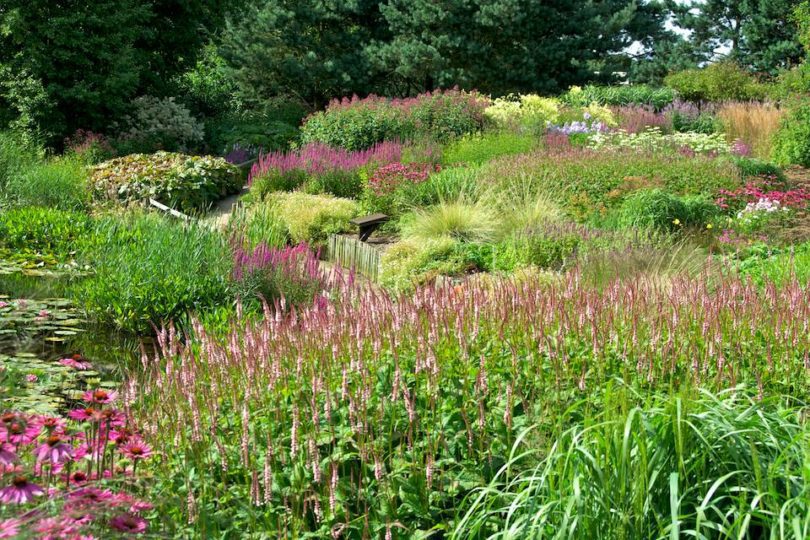
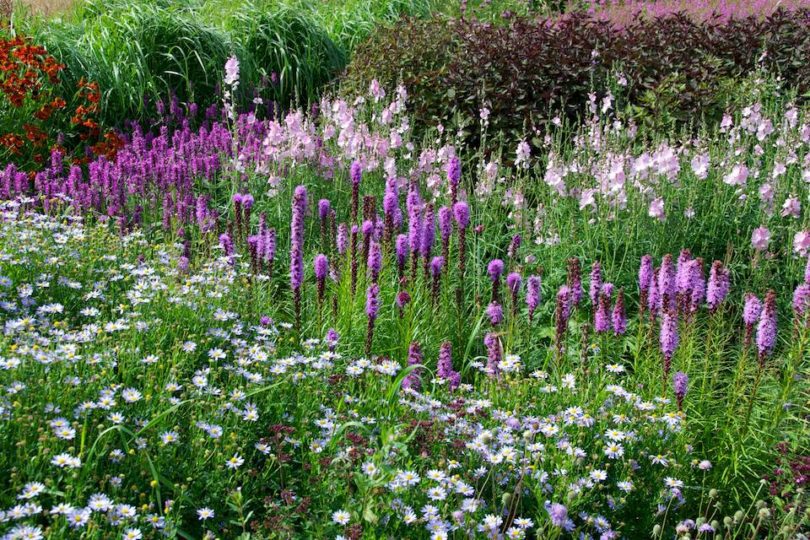

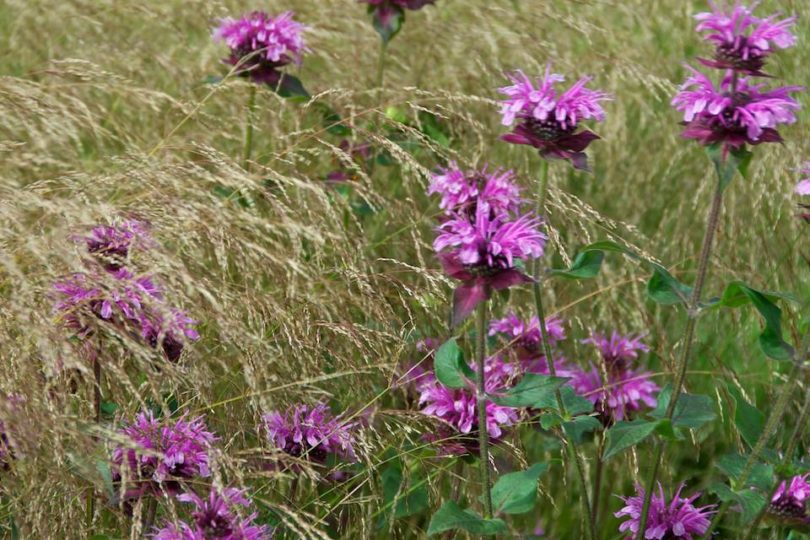
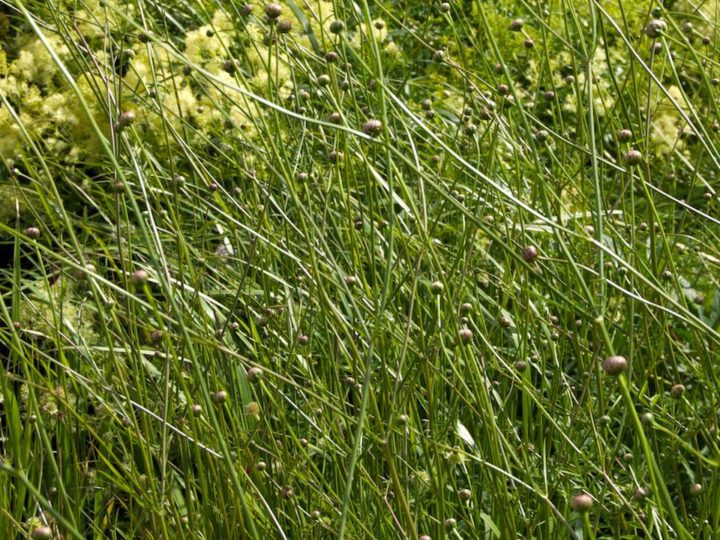
- Height
- Tough plants
- Light, airy, ‘move with the wind’ type, fluffy textures
- Rich bold colour block planting
Work continuous to raise the borders’ height, using plants such as; Veronicastrums, Eupatorium, Thalictrum (Elin), Macleaya, Valerian and so forth. They are now pretty established and are starting to show off this valuable quality. Following on to point 2, our plant selection has certainly been dominated by the plant’s toughness and upright growth habits. The sturdier the better is our motto.
Colour
In terms of colour, here again, we are denting the New Perennials line of thinking. Surprisingly, according to Oudolf, it is shape that matters, not colour. Yet the impact of his colour scheme, is next to none. For us, colour is dictated by pastels; blocks of light pinks, blues, purples and whites. Recently though, bouts of courage have resulted in the addition of bright magenta/red violet type colours, which has lifted the entire colour scheme enormously. I have yet to strike up the courage to plant a Phlox Paniculata Dusterlohe, described in ‘Planting the Natural Garden’ as having an “Alarmingly brilliant lilac-pink color, that makes the phlox extremely ugly and incomparably beautiful at the same time (..)”. One can understand my hesitation…
Where we are lacking, is point 3, the fluffy, airy quality, which continues to elude us. Probably the most difficult to achieve, even for the masters. Grasses are not appropriate for our more formal setting, so thus far plants such as thalictrums, flat capped umbelifers and fennels (bronze and green) have been used. However, the effect can always be improved. After a long search, Perryhill Nurseries in East Sussex, had what I was looking for; Filipendula Purpurea Elegans and Filipendula Rubra Venusta. Wonderfully fern like leaves, creamy plumes of pink flowers, standing tall and proudly upright.
As per usual, overzealous enthusiasm will have to give way to reality, as it will take them time to grow into their new environment. The full impact will therefore, probably only start to take effect within a year or two. But still, I am delighted to have them.
And who knows, when that times comes, I may be blogging about planting a certain Phlox….
